Zientzia hedabideetan
-
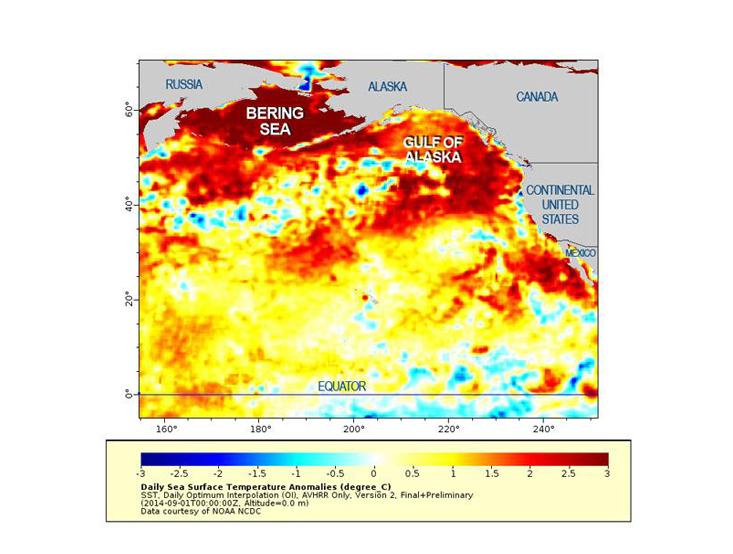
The Hidden Ocean Patch That Broke Climate Records
Why the recent global warming hiatus may have ended.
-
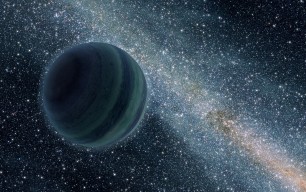
Life in the dark
In the dark corners of our galaxy, there are billions of rogue planets roaming around, starless — can they support life?
-

Paracetamol may dull emotions as well as physical pain, new study shows
Researchers in the US may have uncovered an new side-effect of paracetamol with a study that suggests the drug dampens down people’s emotional reactions. The over-the-counter pills are among the […]
-
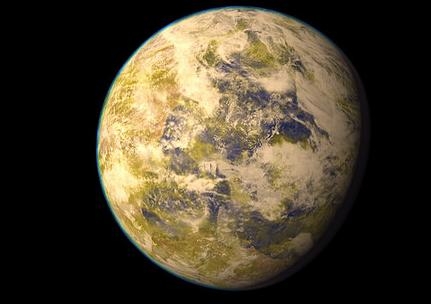
“Venus Zone” Narrows Search for Habitable Planets
In order to weed out Venus-like planets from those that would be more habitable, several scientists, including planetary scientist Stephen Kane of San Francisco State University, proposed the establishment of […]
-
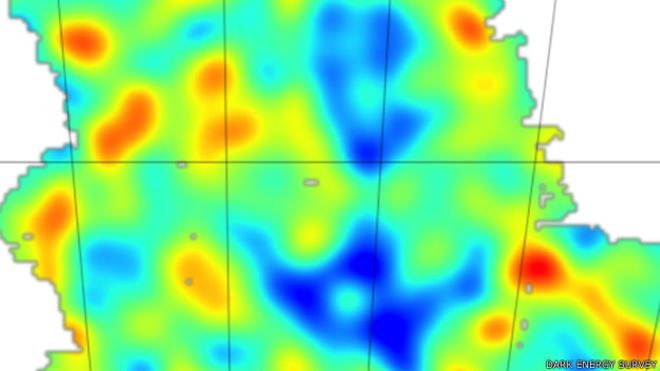
¿Cómo se creó en Chile el mayor mapa de la misteriosa materia oscura?
Es el resultado del esfuerzo de más de 200 científicos en seis países. Un mapa que muestra lo que parecía imposible visualizar, la materia oscura del Universo.
-
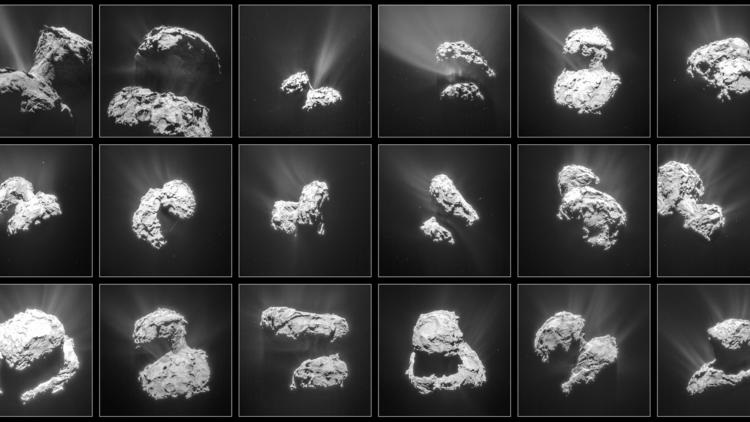
Study finds no magnetic field on Rosetta’s comet – why that matters
The first scientific paper to include observations from the surface of a speeding comet has been released, marking a new era in cometary science.
-
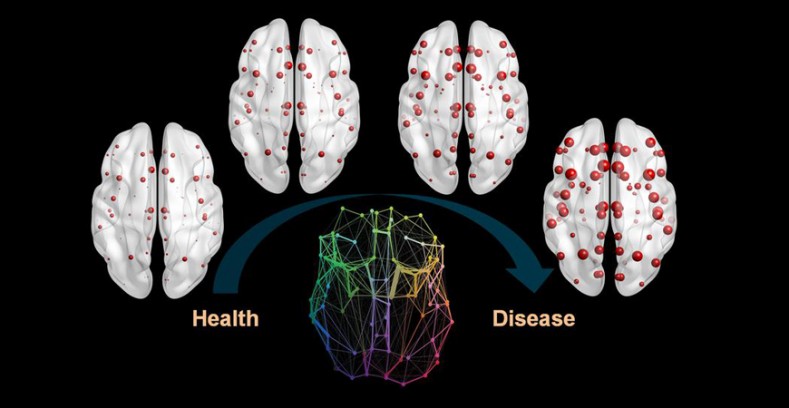
Este es el paisaje microscópico que deja la tinta sobre el papel
Un equipo de científicos analiza por primera vez con todo detalle la microestructura que se forma sobre un papel impreso. Los datos podrían ayudar a desarrollar papeles y métodos de […]
-
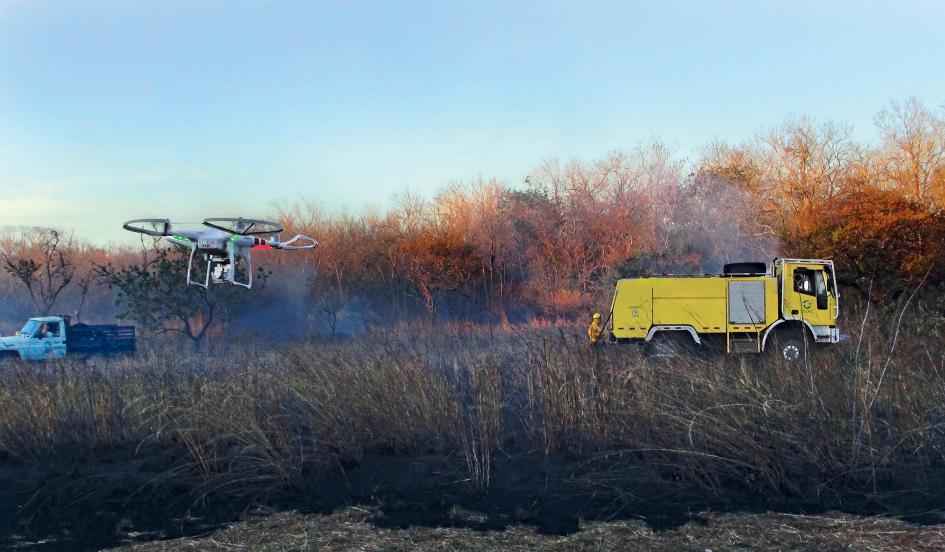
Firefighting Drones Could Save Costa Rican Tropical Forests
Monitoring direction and speeds of advancing fires, establishing safety points, assisting with geographic information system mapping, tracking down illegal logging, illegal cattle grazing and even locations of illegal marijuana plantations. […]
-
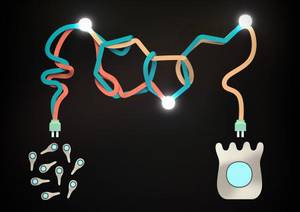
Hesteetako bakterioek serotonina sortzen laguntzen dute
Hesteetako bakterioek serotonina ekoizten laguntzen dutela ondorioztatu dute Caltech Kaliforniako Teknologia Institutuko ikertzaile batzuek. Saguetan ikusi dute nola bakterio jakin batzuek hesteetako zelulek serotonina gehiago ekoiztea eragiten duten. Cellen argitaratu […]
